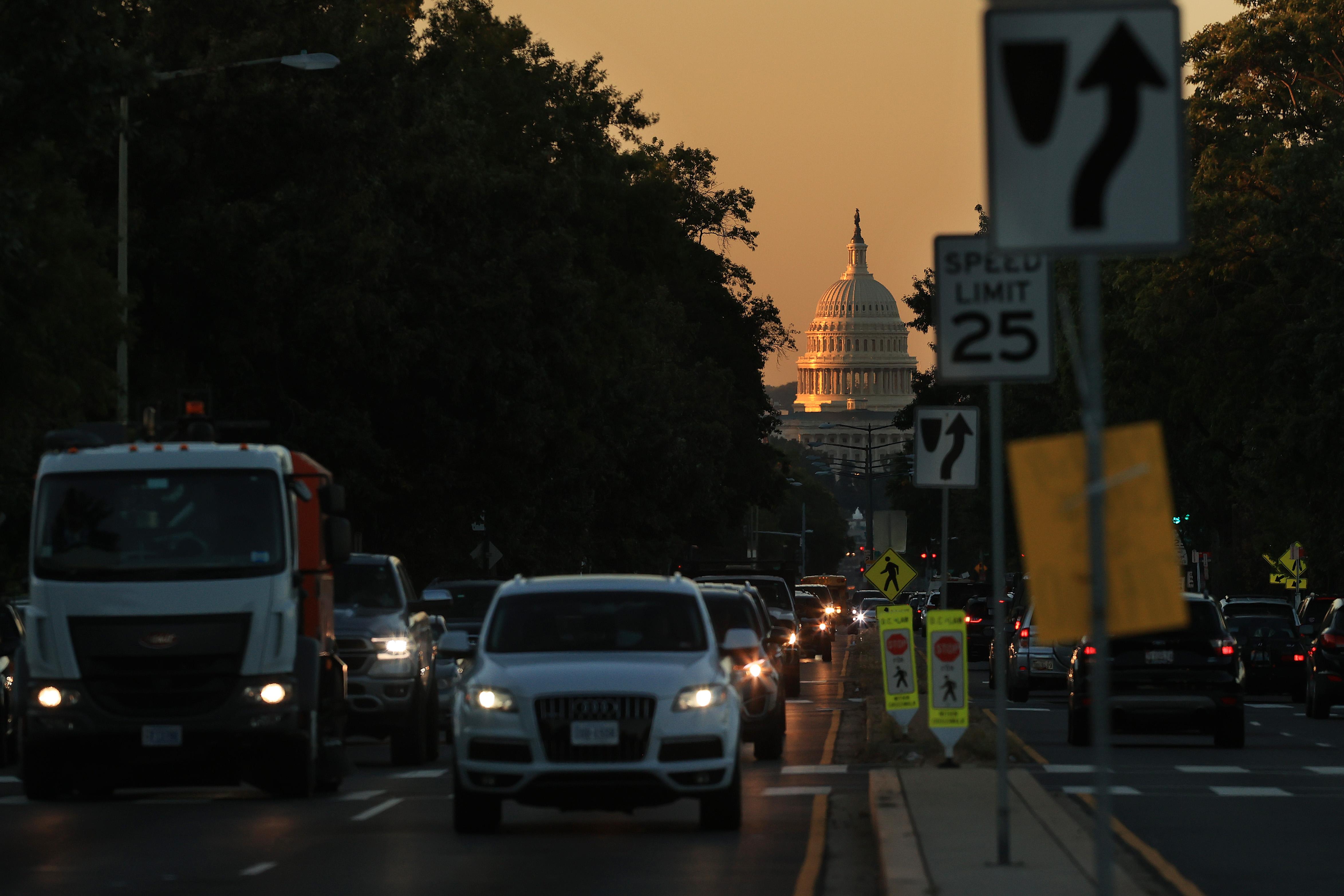How Many Times Can Congress Use Reconciliation to Push an Agenda?
The term "budget reconciliation" has been in the news a lot recently. How many times can Congress use reconciliation to push an agenda?
Oct. 5 2021, Published 12:39 p.m. ET
The $3.5 trillion economic plan from Senate Democrats could institute major changes for child care, sustainability, and immigration—among other major issues. However, the bill won't make any changes unless Congress can agree on the numbers. To do that, Democrats are using budget reconciliation.
If Senators can't get a 60 percent majority to push a bill through, it usually doesn't pass. However, budget reconciliation lets the Senate pass an agenda with fewer votes. What are the logistics, and how many times can Congress resort to reconciliation?
How budget reconciliation works in the Senate
Passing a bill in the House of Representatives is easier than in the Senate. This is because you only need 218 out of 435 votes, or just over 50 percent, in the House. In the Senate, you need 60 out of 100, or 60 percent (a supermajority).
Congress can induce a budget reconciliation to pass a bill with just 50 out of 100 Senate votes, or 50 percent (a simple majority). The Vice President can break the tie. For Senate majorities with a slim lead, this tool is major.
Initially, budget reconciliation was a tool to pass budget bills. In this case, that's exactly what it's being used for. However, it's often used for other bills, like health care, tax cuts, and emergency relief.
Rules associated with budget reconciliation
The "Byrd rule," named after former Sen. Robert Byrd (W.V.–Dem.), can only be used for issues with a substantial budgetary impact that don't change Social Security.
The changes have to be within the jurisdiction of the committee that wrote the bill, which means that the bill writers must be able to implement the changes.
Budget reconciliation bills must have a limited window of time in which they can increase Federal deficits, with a 10-year limit.
As you can imagine, budget reconciliation delivers nipped and tucked versions of bills. This tool isn't a perfect pathway, but a pathway nonetheless.
How often can Congress use reconciliation?
A Congress with a slim Senate majority can use budget reconciliation at least once per fiscal year. Since the U.S. fiscal year ends on Sept. 30 each year, that means they can technically use two reconciliations per calendar year.
Why at least once per fiscal year? Because Congress can address a reconciliation bill for the following three topics—revenue, spending, and the federal debt limit. Sometimes, a bill addresses more than one of these issues. A reconciliation bill for each issue can only come once per fiscal year.
Congress has historically used budget reconciliation no more than once per year. However, members of Congress don't always use this tool. For example, they didn't use budget reconciliation in fiscal year 2021. The conditions have to be right for a budget reconciliation to make sense, like a majority in both the House and Senate.
What to expect from the Senate reconciliation process
Once a budget proposal is in place, both congressional houses must pass identical budget resolutions containing instructions for reconciliation. The two bills are approved by external committees and turned into a bigger, single bill.
The reconciliation debate must not exceed 20 hours and senators can't use a filibuster. Opposing party members (in the current case, the Republicans) can theoretically make eternal amendments in a move called a "vote-a-rama," which is one reason why the debt ceiling issue hasn't been resolved—to push urgency.


